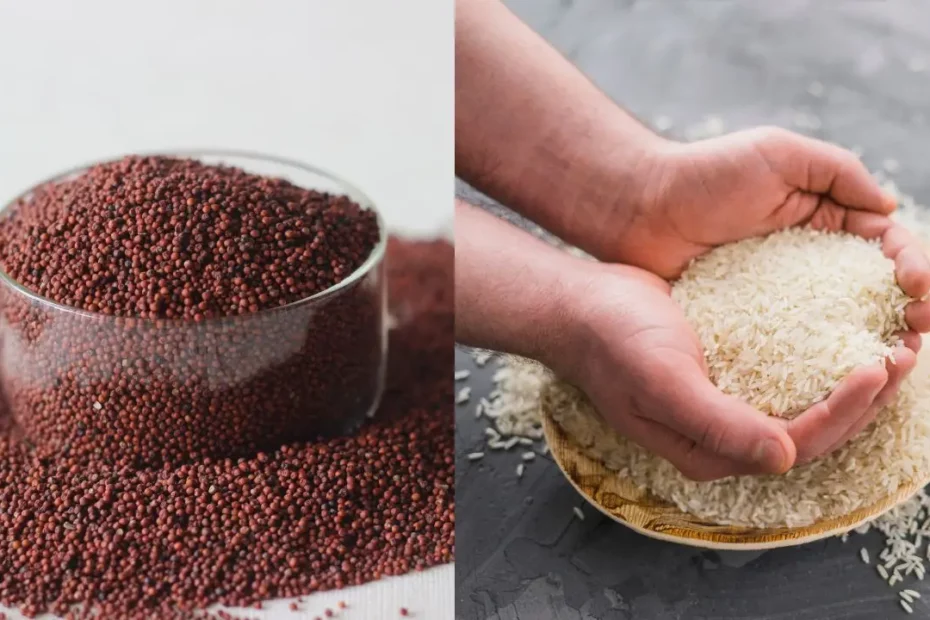Introduction
Food choices have a profound impact on our health and well-being. In recent years, there has been a growing interest in whole grains and alternative cereals like ragi (finger millet) as healthier options compared to conventional staples like rice. Both ragi and rice have their unique characteristics and nutritional benefits. In this blog, we’ll delve into the comparison between ragi and rice to help you make an informed decision about which one might be better for you.
Rice: A Staple for Many
Rice is a dietary staple for a significant portion of the world’s population, particularly in Asian countries. It comes in various varieties, including white, brown, and wild rice. White rice, while popular, has its outer bran layer and germ removed during processing, resulting in a loss of some essential nutrients.
Pros of Rice:
- Energy Source: Rice is an excellent source of carbohydrates, providing a quick energy boost.
- Versatility: It serves as a neutral base for a variety of dishes, making it a versatile option.
Cons of Rice:
- Nutrient Loss: White rice lacks many essential nutrients due to processing.
- Blood Sugar Spike: White rice can cause rapid spikes in blood sugar levels.
Ragi: The Nutrient-Packed Alternative
Ragi, also known as finger millet, is a lesser-known grain but packs a nutritional punch. It’s a whole grain that’s rich in essential nutrients and is gluten-free.
Pros of Ragi:
- Nutrient Density: Ragi is a powerhouse of nutrients, including calcium, iron, fiber, and antioxidants.
- Low Glycemic Index: It has a lower glycemic index compared to white rice, making it a better choice for blood sugar control.
- Digestive Health: Ragi’s high fiber content promotes better digestion.
Which One Should You Choose?
The choice between ragi and rice depends on your dietary preferences, nutritional needs, and health goals.
- For Weight Management: Ragi, with its lower glycemic index and higher fiber content, may be a better choice for those looking to manage their weight or control blood sugar levels.
- For Nutrient Intake: If you’re looking to increase your nutrient intake, ragi is a great option due to its rich profile of essential vitamins and minerals.
- For Versatility: Rice may still be your go-to choice for its versatility in various cuisines. You can balance your diet by incorporating both ragi and rice into your meals.
Conclusion
In the debate between ragi and rice, there’s no one-size-fits-all answer. Both have their merits and can be part of a healthy diet. Consider your individual health goals and dietary requirements when making your choice. Ultimately, a balanced diet that includes a variety of grains, including ragi and rice, can provide you with the best of both worlds – nutrition and culinary diversity. Remember, it’s not about choosing one over the other but finding the right balance for your unique needs.

